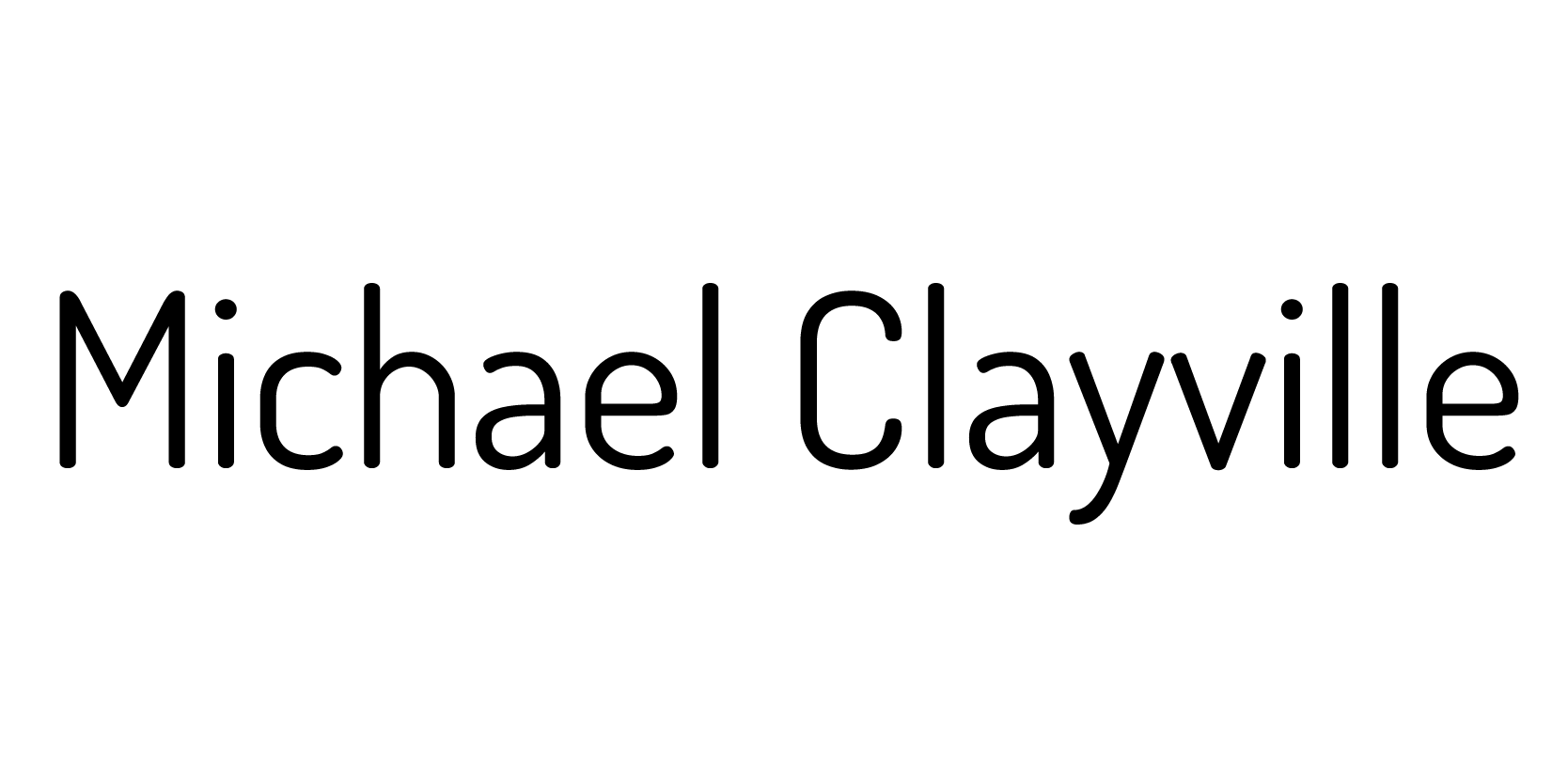Gavin Chuck, Alarm Will Sound’s Managing Director, and I had the incredible opportunity to speak to Andrew Hitz, former tubist with the Boston Brass, about all aspects of the group’s programming and business model. We covered everything from their innovative partnerships to how they successfully navigate the music business as a performer-led ensemble.
Category: Feature
The Future is “Now”
This is a cross post from Alarm Will Sound.
It is in Alarm Will Sound’s DNA to be current: one of the missions of the group is to perform music that reflects the contemporary world. It is also in our DNA to take chances and put ourselves out of our comfort zones: performing complex music by memory, doing productions that require singing/acting/choreography.
These instincts turn up in our use of technology as well.
Recently, Alarm Will Sound performed a concert at Cleveland State University. In a traditional way, it was videotaped from multiple angles and recorded. The files will eventually be edited together and we hope to share it with you when it’s done… the process will take several months.
On the other hand, there’s already at least one video of the performance on Youtube.
You can see it now.
We also took “now” a step further. We chose to livestream the performance via Periscope. It was a decision made with consideration. In the pro column was “expand the audience to possibly include people who had never heard of Alarm Will Sound,” in the con column was “there is no substitute for being in the concert hall” and “sometimes things happen in live performance, if something goes wrong this could be recorded for posterity.”
I’m proud of the fact that Alarm Will Sound takes chances and tries new things and in the end we streamed the show. It was by no means a high-end production. Unlike the webcasts of the Metropolitan Opera or even most colleges and universities, we had no announcer, no captions, no multi-camera setups, not even a tripod. One person held an iPhone in the balcony of the hall giving an excellent view of the action albeit with peaky audio.
It was exciting to me to think we could be connecting with people outside the concert hall, but at the same time I worried about minimizing the importance of “being there.” Would, in the future, people chose to sit at home and view a performance over going to a venue? I feel it has happened in a general sense with movies. But surely hearing music in person is a unique experience that can’t be replicated anywhere else? Filmmakers may say the same about film in movie theaters, opera fanatics may say the same about opera in the hall. Yet the Metropolitan Opera has “opened a new revenue stream” with their broadcasts in movie theaters (repurposed from showing movies to showing things in the now).
The professional video from the five cameras in the hall will no doubt be an excellent product and I can’t wait to share it with you, but maybe that’s the thing… I’m so excited I can’t wait. I’d probably be less self-conscious about the choice to stream if the production value were as high as the Met’s or even as good as what we’ll end up with when the editing is done.
To be fair, high production is probably not Periscope’s intent. Just as Instagram isn’t about creating press quality photos, Periscope doesn’t seem to be about a substitute concert experience. Would it have been better to not stream the performance and wait three or four months? Or was there some connection made by sharing the action in the moment? The choice was made and the plan saw through, now is time for evaluation: do we double down and increase the production value or do we take a step back and enjoy the virtue of patience?
New Music Gathering Video
The San Francisco Conservatory of Music has shared a video of my presentation at the New Music Gathering.

